Some names earn respect. Others cause a stir. The GTO did both. When Pontiac slapped three borrowed letters from Ferrari onto a muscle-bound Tempest in 1964, it wasn’t subtle—and that was the point. “Gran Turismo Omologato” was a term reserved for European race cars, not American street brawlers with bench seats and 389 V8s. But Pontiac wasn’t playing by anyone else’s rules.
This article unpacks how a name rooted in Italian motorsport ended up on the most American of machines—and why that decision still gets attention decades later.
GTO Stood for Gran Turismo Omologato
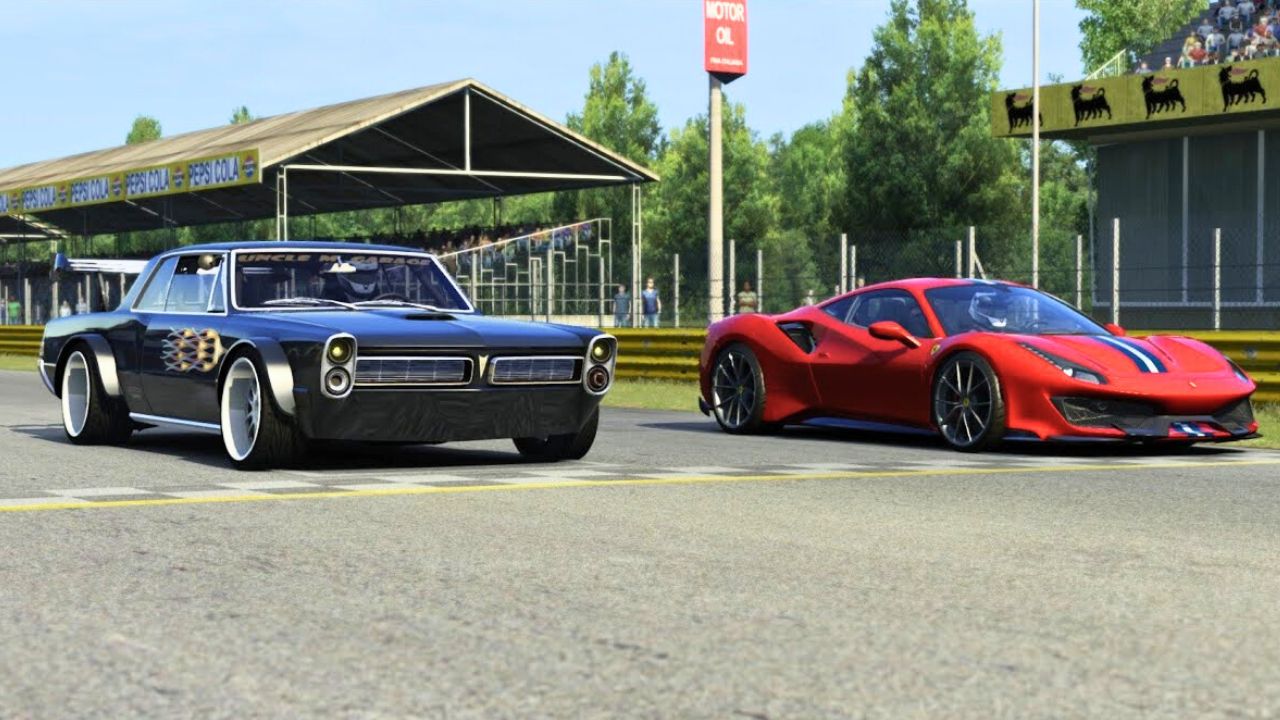
The acronym GTO stands for Gran Turismo Omologato, which is Italian for “Grand Touring Homologated.” It was originally used by Ferrari to certify that their cars were eligible for racing in GT classes. The key word here is “homologated”—meaning built in enough quantity to qualify.
Pontiac lifted the term directly from Ferrari, knowing full well it would raise eyebrows. And it did. But that was part of the strategy—borrow a race-bred name and bolt it onto a street-focused car, then let the conversation do the marketing.
John DeLorean Signed Off on It

The GTO name wouldn’t exist without John DeLorean, Pontiac’s chief engineer in the early 1960s. He and his team were looking for a way to sneak performance into the midsize Tempest without raising alarms at GM’s higher-ups.
DeLorean knew the name would spark attention—and controversy. GM had internal policies against racing associations in marketing, but DeLorean pushed it through anyway. He bet that rebellious performance would sell. He was right.
It Wasn’t Just Borrowed—It Was a Statement
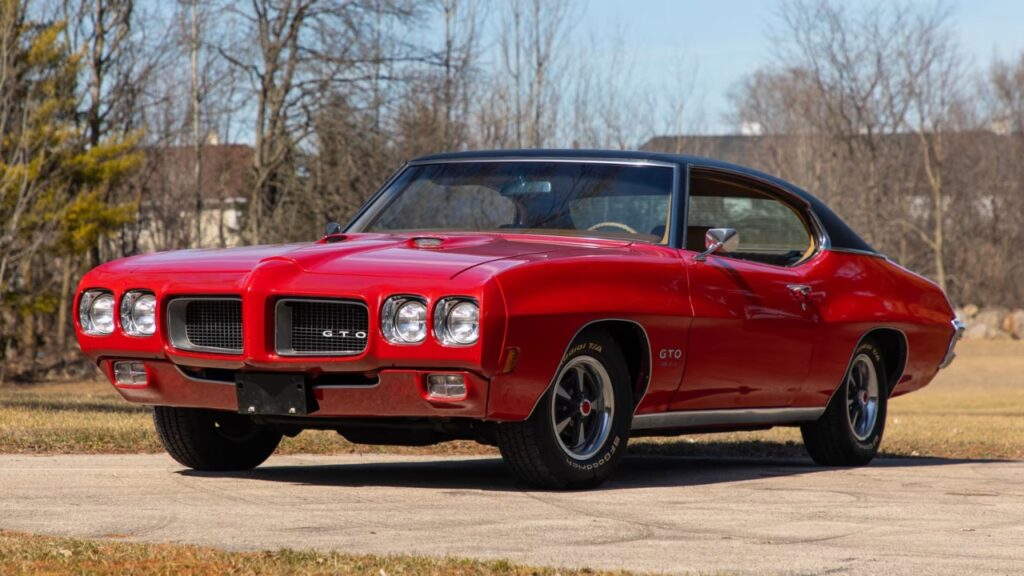
Pontiac didn’t just borrow the GTO name from Ferrari—they repurposed it. Ferrari’s GTO was a hand-built, limited-run racing homologation special. Pontiac’s GTO was a mass-produced, V8-powered street machine you could finance through your local dealer.
That contrast was intentional. Pontiac was saying, “We can build something that’s just as aggressive—and you don’t have to speak Italian or sell your house to get it.” It wasn’t imitation; it was provocation, and it worked.
The Name Sparked Controversy—Right Away
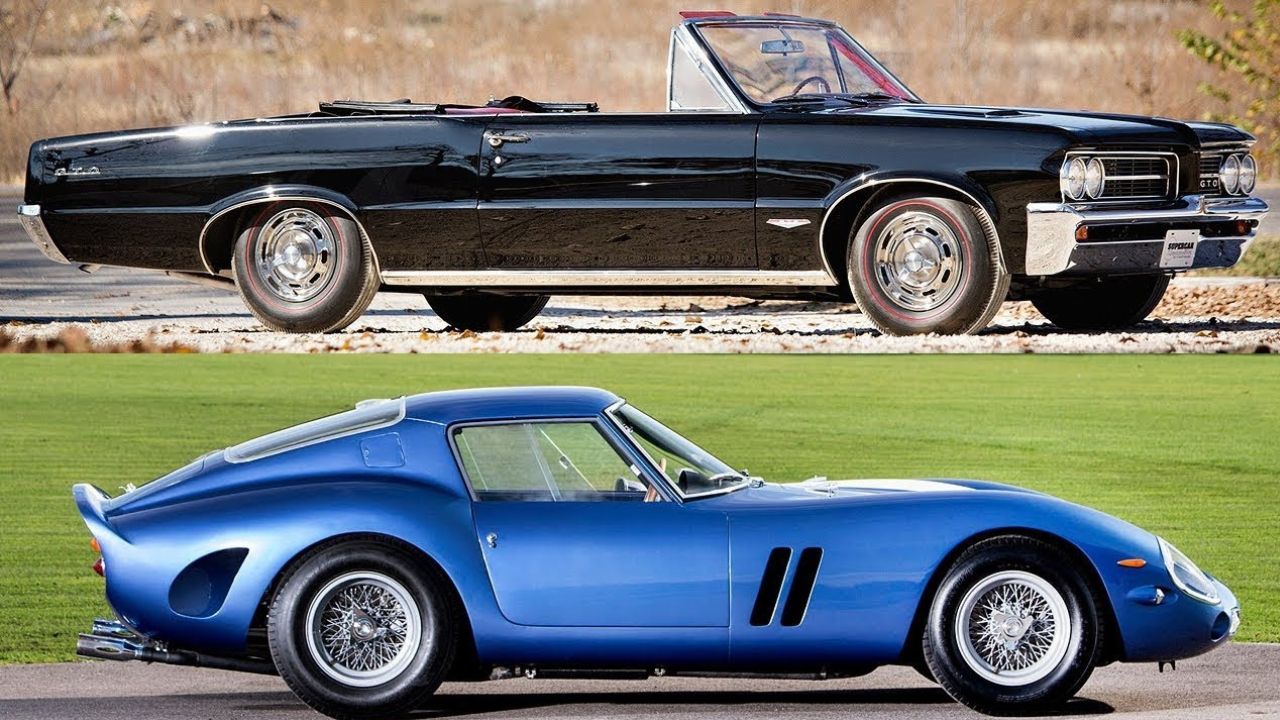
Ferrari purists weren’t thrilled. When Pontiac launched the GTO in 1964, automotive journalists and European racing fans scoffed. How could a Detroit-built Tempest with a 389 V8 wear the same badge as the 250 GTO?
But Pontiac wasn’t trying to win over Maranello. They were aiming at American drivers who wanted torque, not trophies. The backlash only helped. People were talking, and the GTO name stuck—precisely because it upset the status quo.
Early Ads Leaned into the Tension

Pontiac’s marketing played the name for all it was worth. Early ads pitched the GTO as something different, something edgier. It wasn’t about fine leather and European curves—it was about street performance and breaking rules.
Some of those ads even took subtle jabs at European cars, implying that speed wasn’t just for the track anymore. The GTO was the muscle car you could buy off the lot, no race pedigree required. That was the entire point.
Homologation Didn’t Actually Apply
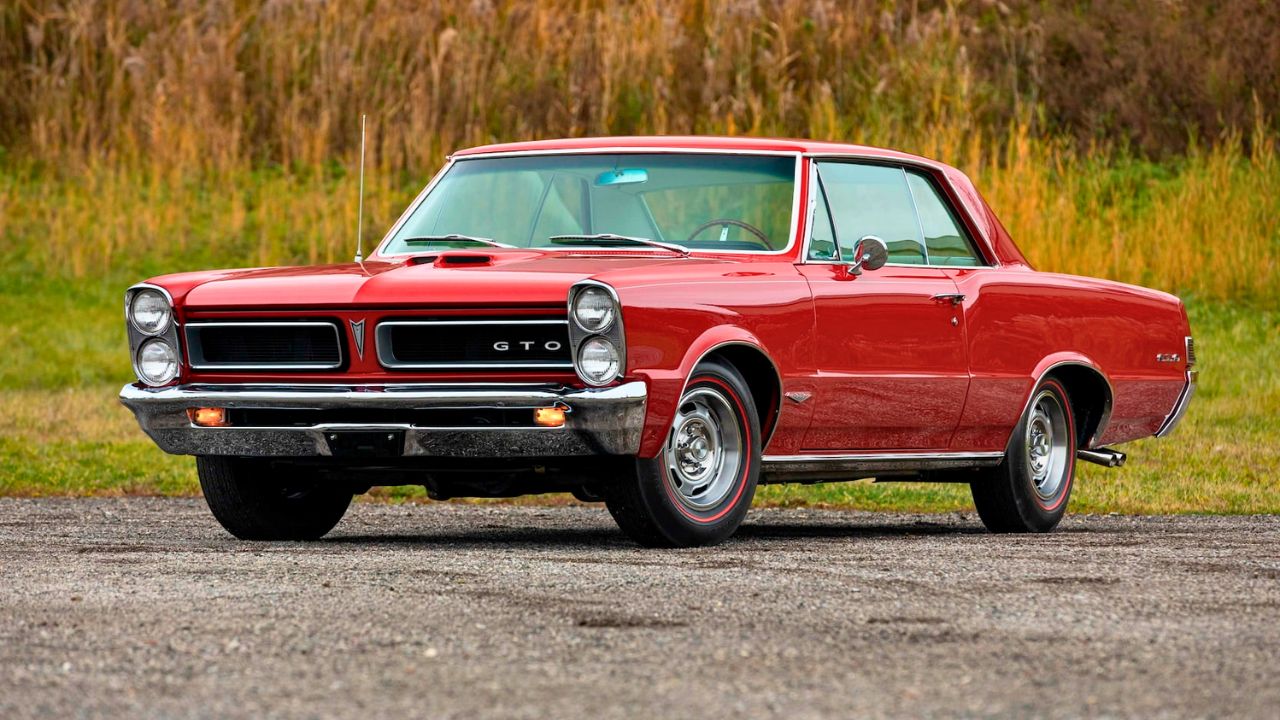
Ironically, the “Omologato” in the name didn’t mean a thing for Pontiac’s version. The car didn’t race in any official GT class. It wasn’t homologated for anything—there were no FIA papers or minimum build requirements.
Pontiac didn’t care. The name sounded fast, foreign, and a little forbidden. It gave a $3,000 street car an air of motorsport legitimacy it didn’t technically earn—but one that buyers fully embraced anyway.
The Name Defined an Entire Segment
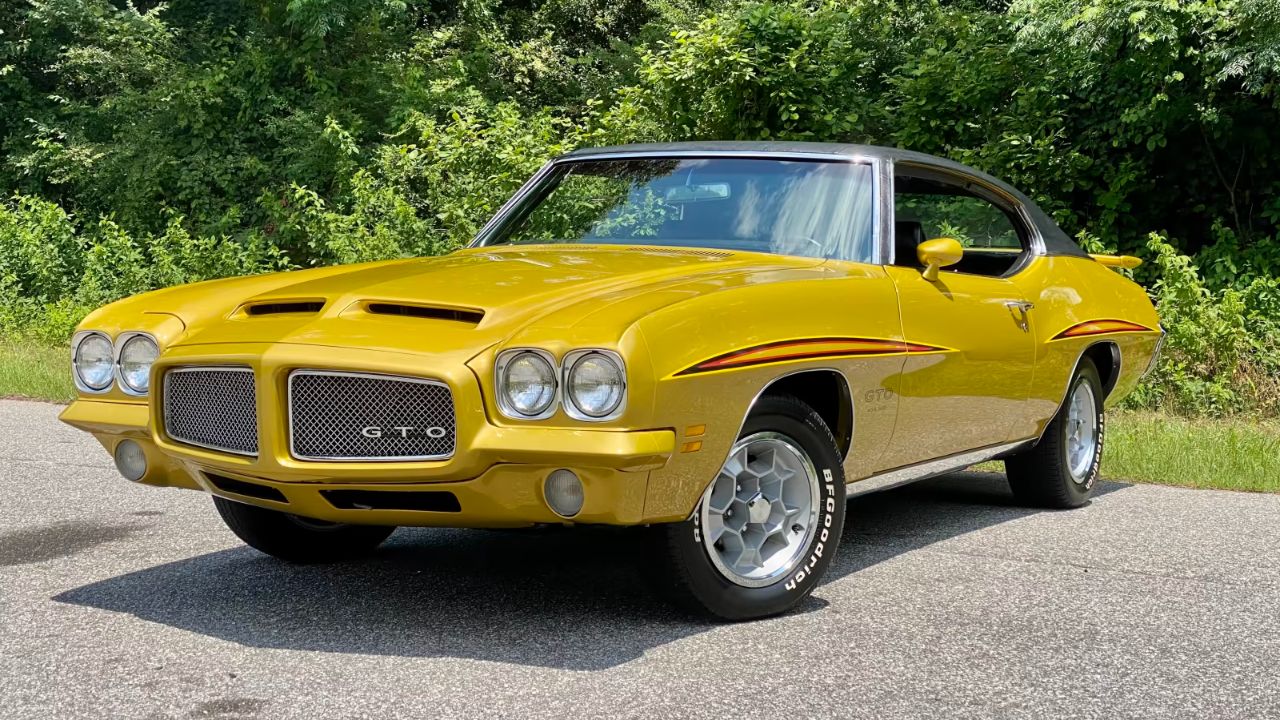
By the late ’60s, GTO wasn’t just a car name—it was the shorthand for an entire muscle car movement. It inspired imitators and earned the nickname “The Goat” from fans, who weren’t exactly concerned with Italian translation accuracy.
Other manufacturers followed Pontiac’s lead, but none pulled off the same kind of name theft. The GTO wasn’t just a clever badge—it was a brand within a brand. You didn’t buy a Tempest with a V8. You bought a GTO.
Ferrari Never Sued—but They Noticed
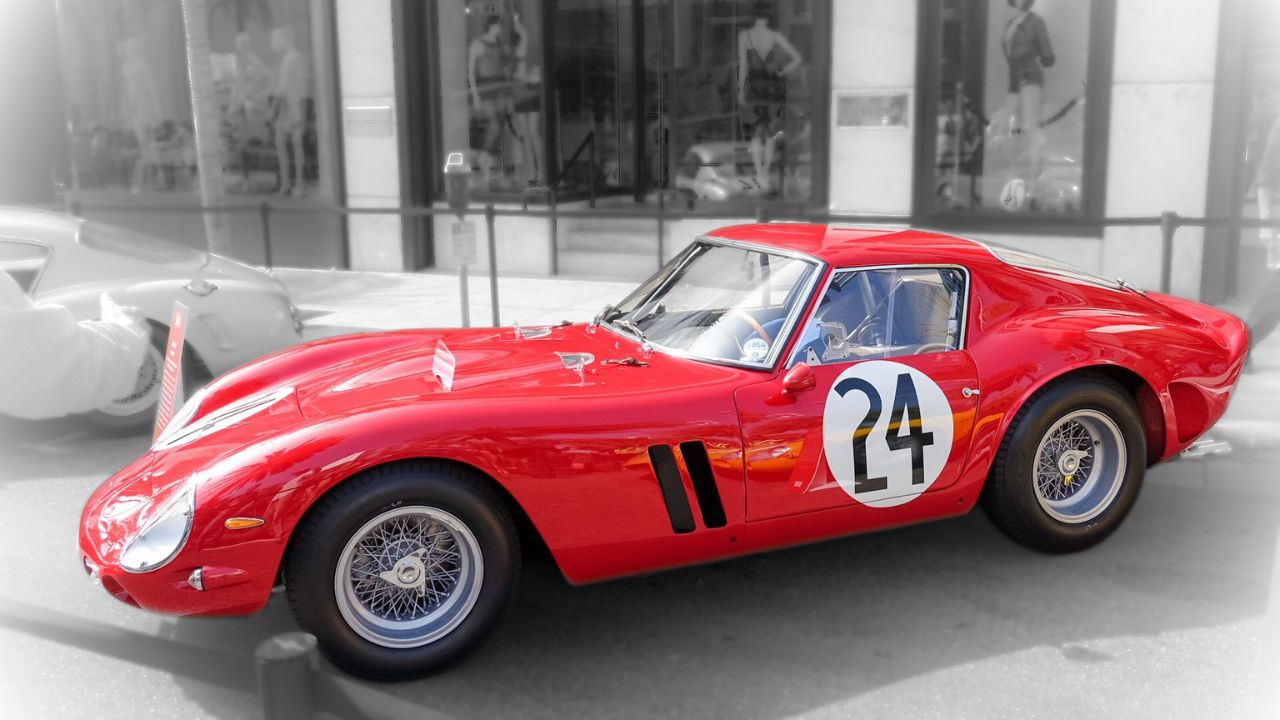
There was no lawsuit from Ferrari, though there were plenty of murmurs. Some insiders say Ferrari was aware of Pontiac’s GTO, but didn’t see enough overlap to bother. It helped that Pontiac’s car wasn’t trying to compete in the same arena.
Ferrari likely viewed the move as cheeky American marketing—but not a real threat to the prancing horse. Still, the name borrowing was bold enough that it’s still being talked about 60 years later. You don’t need a courtroom to leave a mark.
GM Eventually Tried to Backtrack
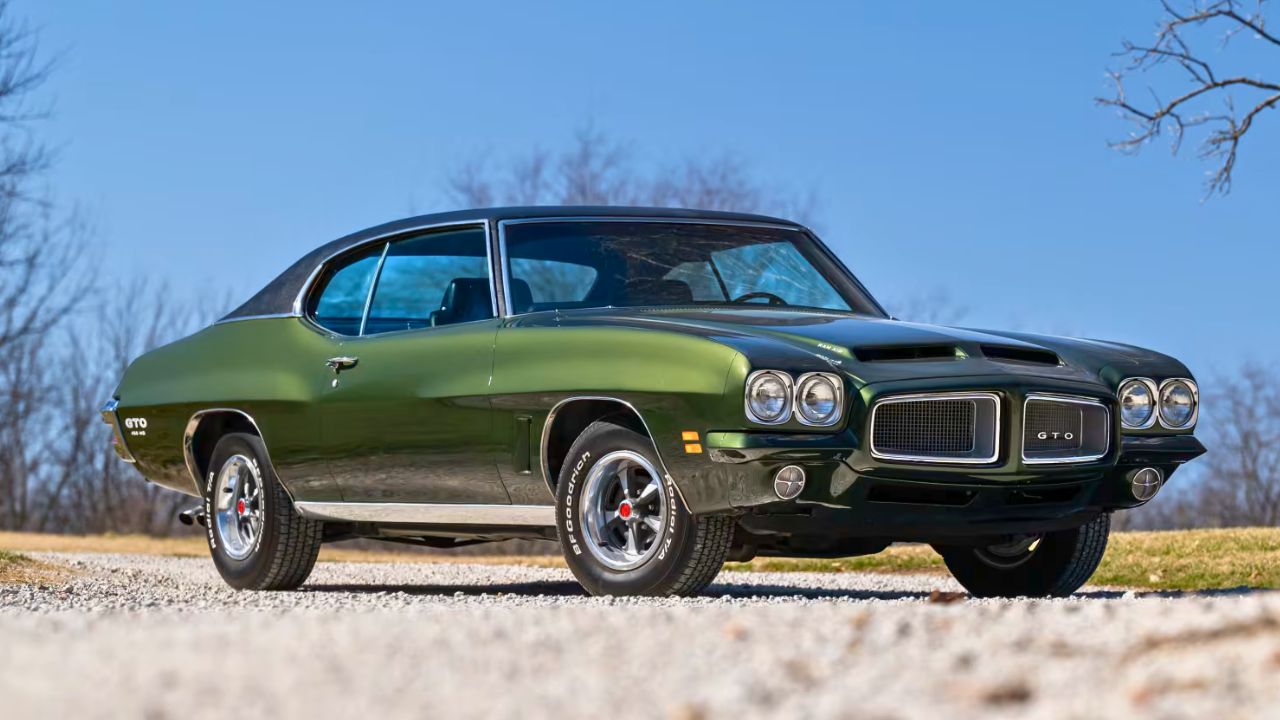
As Pontiac’s muscle cars got bigger and flashier, GM corporate grew less comfortable with the racing connotation. There were internal efforts to tone down the image, particularly after federal regulations and insurance crackdowns changed the market.
But by then, it was too late. The GTO name had already taken root. It belonged to the streets, not the boardroom. No amount of corporate cleanup could separate the badge from its outlaw reputation.
The Name Came Full Circle
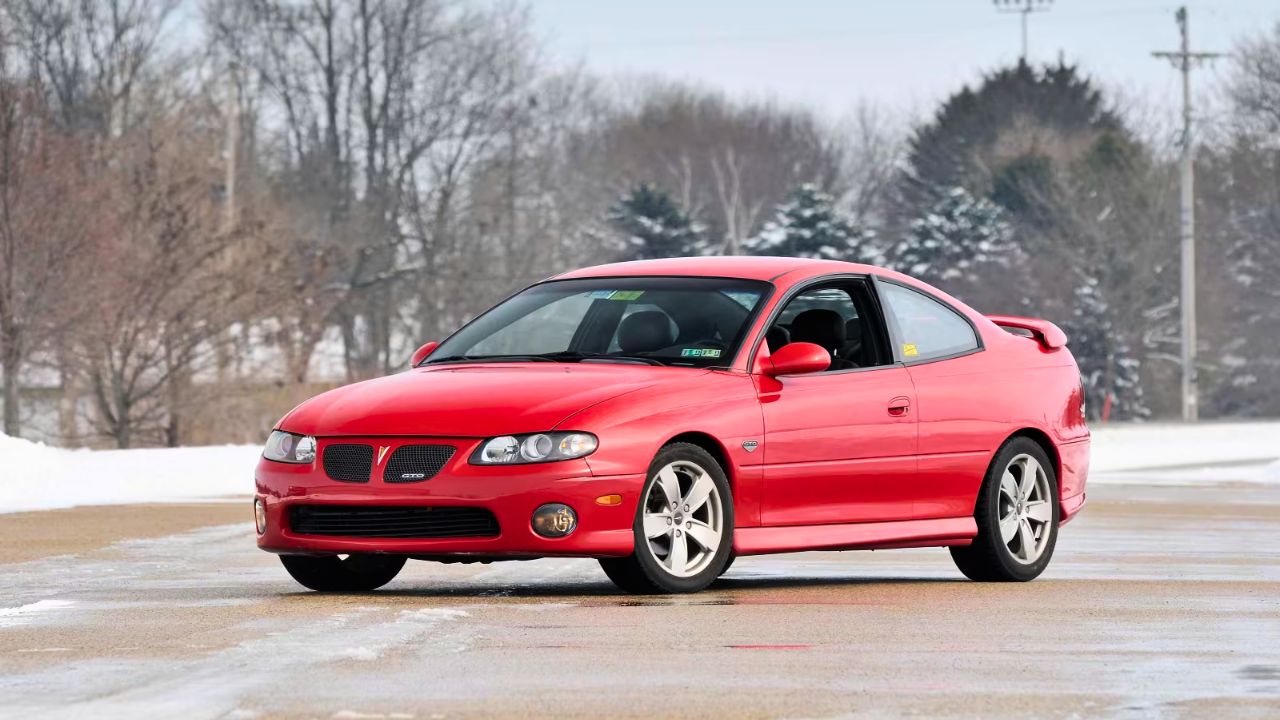
When Pontiac revived the GTO in 2004, it was built on the Australian Holden Monaro platform. It was fast, refined—and criticized for looking too tame. But the badge still carried weight. Even if the car wasn’t wild on the outside, it reminded buyers that the GTO legacy had never really disappeared.
Today, the GTO name is still instantly recognizable—even by people who couldn’t tell you what it stands for. That’s the kind of staying power no marketing department can plan. It only happens when a name dares to say something it shouldn’t—and gets away with it.
Like Fast Lane Only’s content? Be sure to follow us.
Here’s more from us:
*Created with AI assistance and editor review.

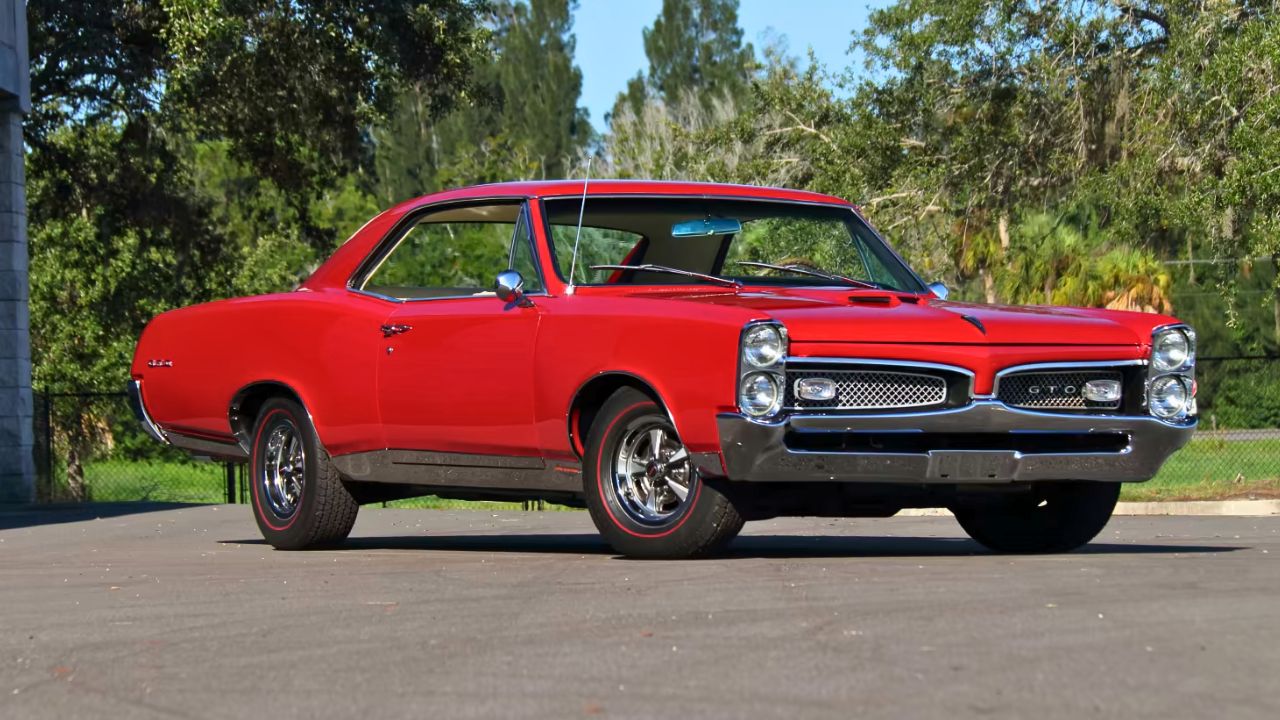
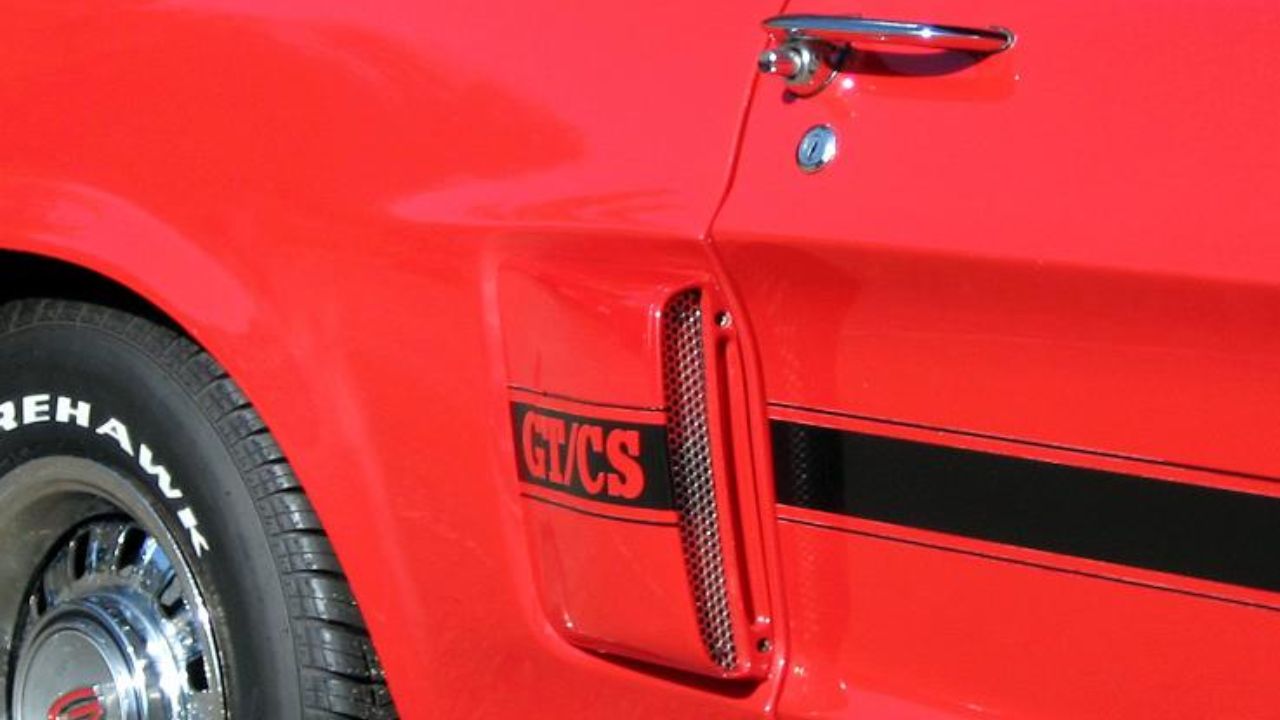
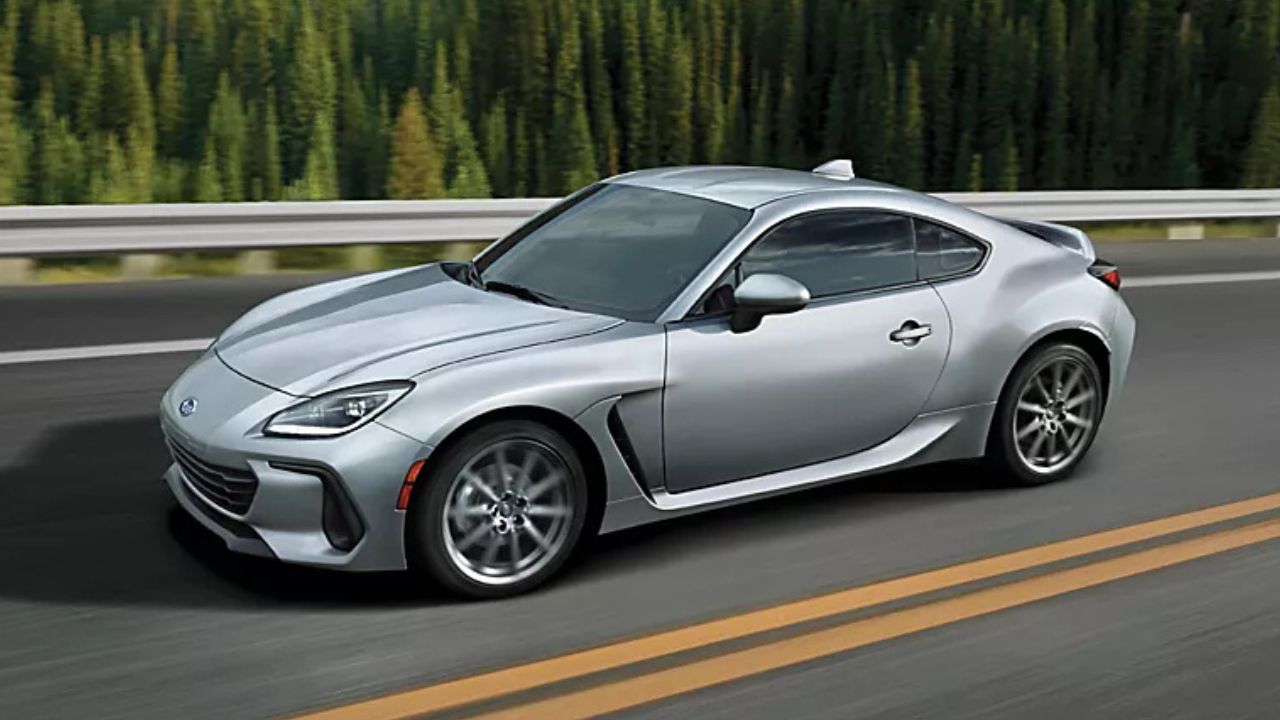
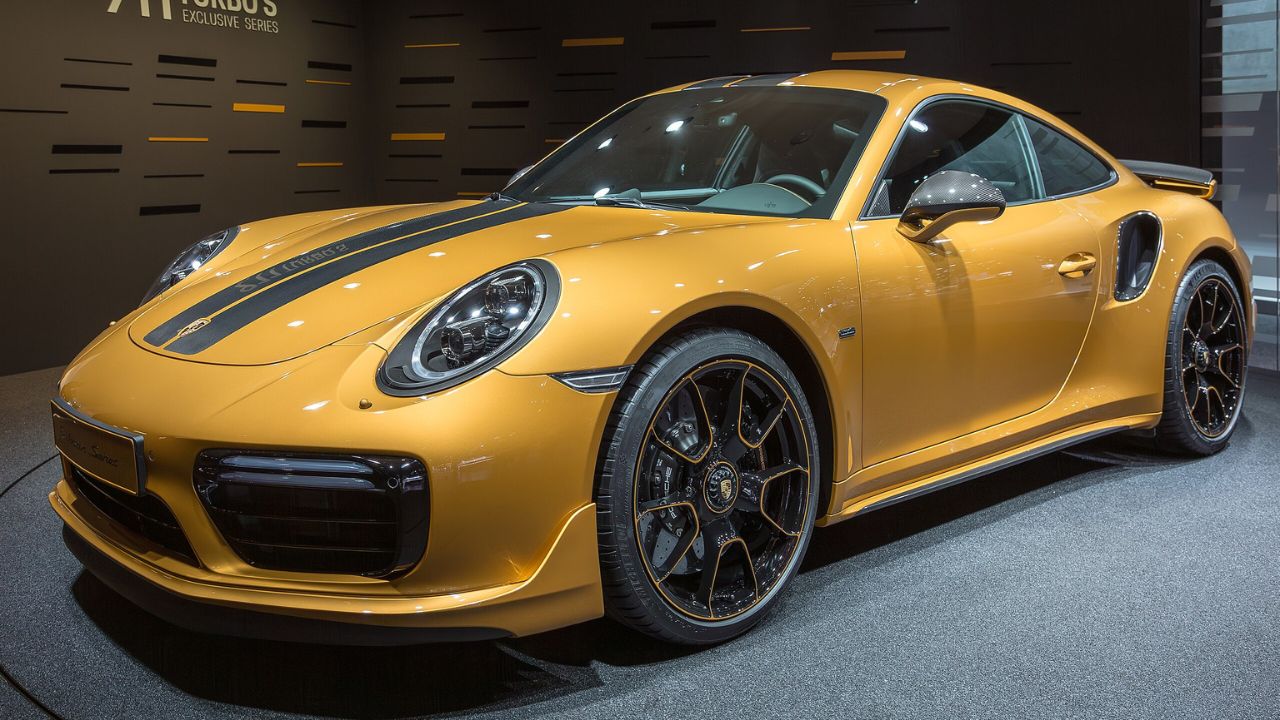
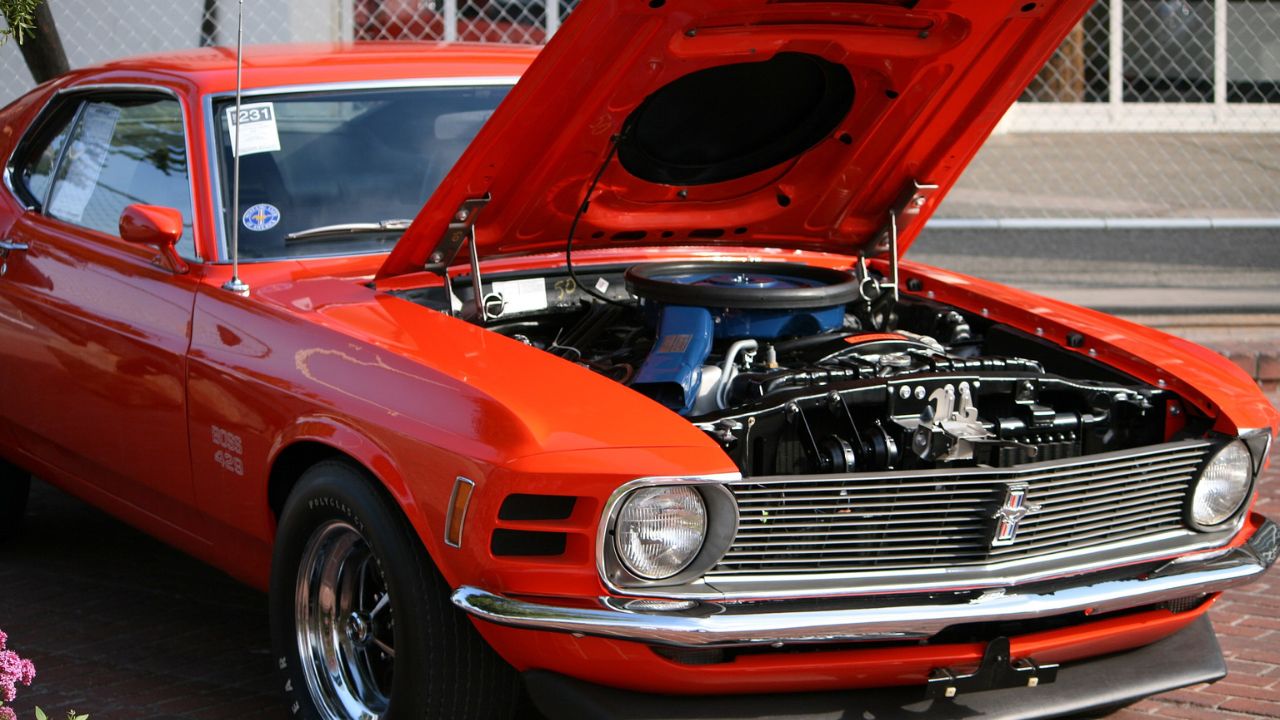
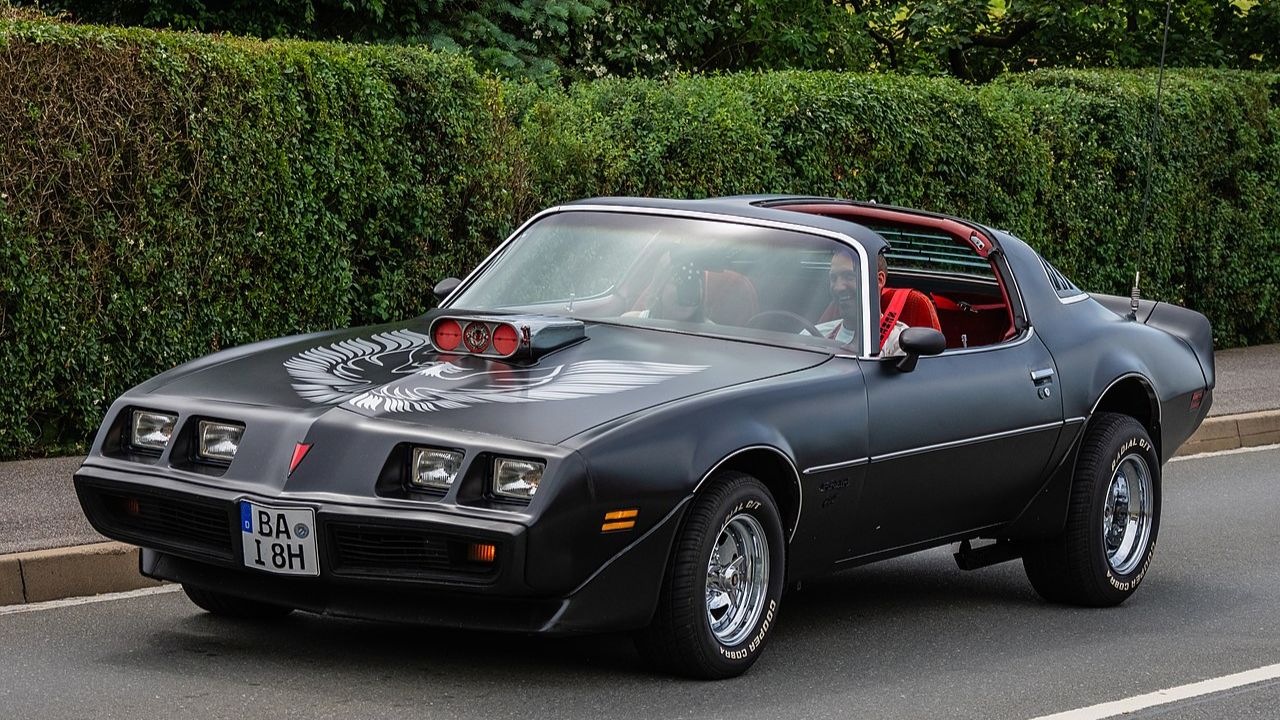
Leave a Reply